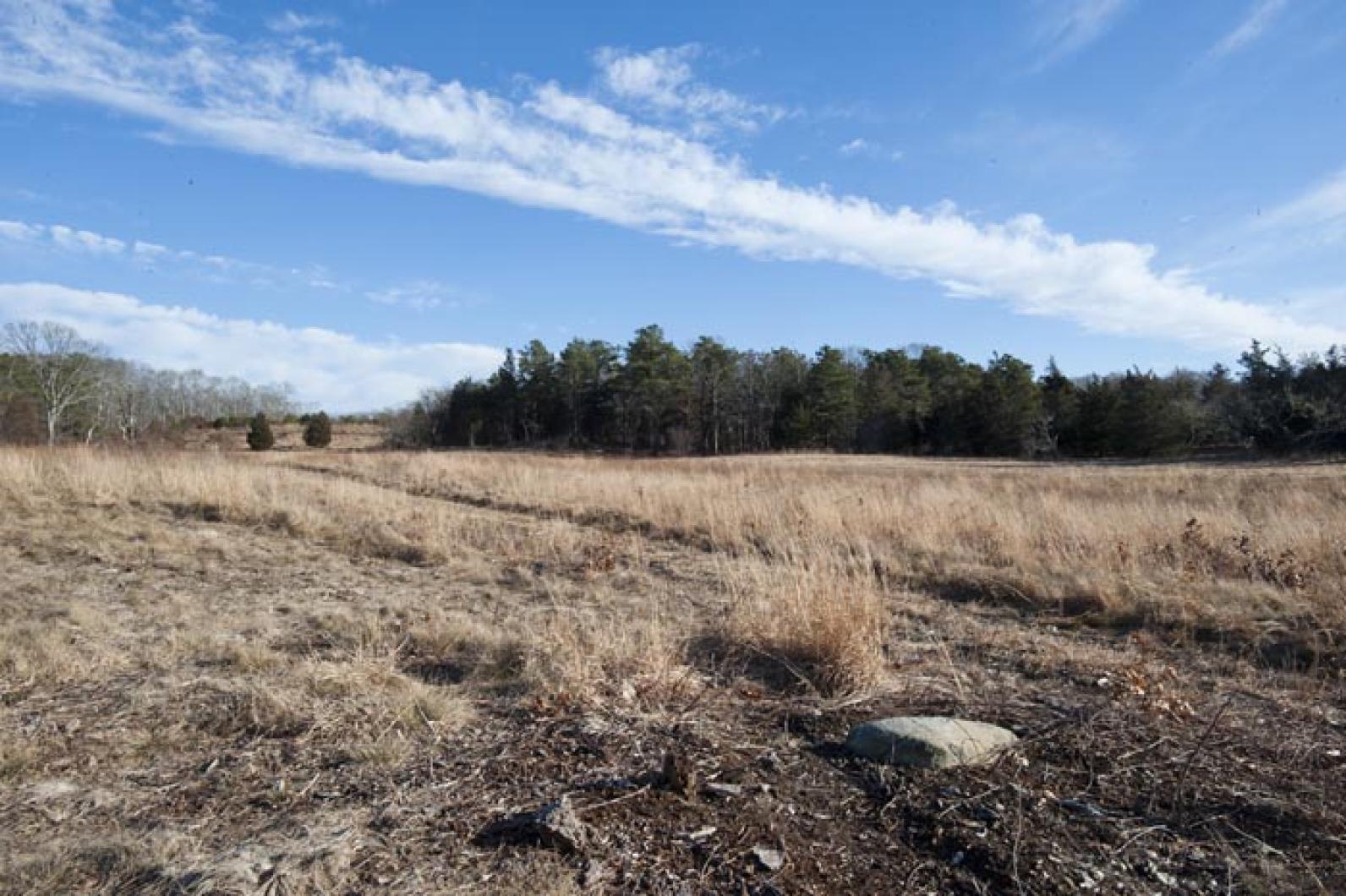The Martha’s Vineyard Land Bank envisions a new campground as part of its management plan for its 234-acre Southern Woodlands Preserve. Dan Feeney, the owner of the Vineyard’s only currently operating campground, envisages problems with that.
At Tuesday night’s public hearing to consider the draft management plan, Mr. Feeney emerged as the only person with significant objections to it.
He made no bones about his self-interest, saying it was not within the charter of the conservation agency to go into competition with a private business. “I don’t want to see a recreational campground there,” he said.
Already times were tough for his businesses, he said. What, with the expense of bringing an RV over on the ferry, and changes to the SSA’s standby policies, camping was not the low-cost accommodation option or the spontaneous, fair-weather decision it once was.
Mr. Feeney also doubted the planned “primitive” campground in the Southern Woodlands would work for the land bank.
An average campground in this state required about 120 to 140 sites to make an income for one family, he said. The land bank’s proposal for just 40 sites would be uneconomic. It would cost “hundreds of thousands” of dollars to set up, would require a septic system capable of handling up to 4,000 gallons of wastewater.
“With 40 sites, you’d be lucky to break even in 10 years,” Mr. Feeney said.
His objections, however, made no apparent impact on the Oak Bluffs advisory board to the land bank which, having heard him out, went on to approve the draft plan with only a few minor amendments.
Those amendments were that people walking dogs on the property should keep them leashed, that two or three car parking spaces be put in on County Road for better access to the property, and that any use of the property for either camping or agriculture should not contribute to the nitrogen loading of nearby ponds.
The plan now will go to the land bank commissioners for their approval and thence on to the state Executive Office of Energy and Environmental Affairs for its approval.
The sparse attendance at Tuesday night’s meeting — only about a dozen people showed up — and the relative ease with which the plan went through were in sharp contrast to the events leading up to the land bank’s acquisition of the land almost seven years ago.
The previous owner of 190 acres of the land was a Connecticut businessman, Corey Kupersmith, who planned to develop it as a luxury golf course, and then a major housing development. Years of dispute ended when the conservation agency acquired Mr. Kupersmith’s land for $18.6 million in 2004. It was the largest single acquisition in the history of the land bank, both in terms of land area and cost.
The plan now for the area, historically known as the “great woods,” is to leave it substantially as is, the lead author of the draft, land bank ecologist Julie Russell, told Tuesday’s meeting.
Some 3.2 miles of existing trails would be maintained and another 1.4 miles constructed. A former campground on the site, now in a state of decay, would be largely removed. The proposed new camping site on the south-east corner of the property, off County Road, and accessible by bicycle or on foot, would be very low impact, probably with only water and some portable toilets and fireplaces.
Of the total area, most is oak or pitch pine forest, but 5.8 acres of existing grassland will be preserved and extended by about another five acres. The plan is to maintain 6.3 of those acres as grassland, mown every year, and to lease 4.6 to a farmer for agricultural use.







Comments
Comment policy »